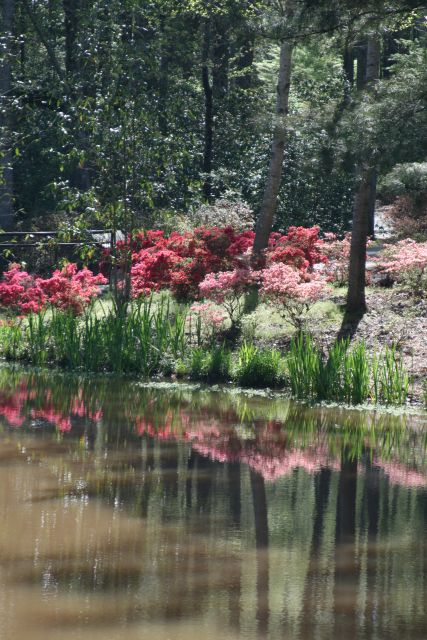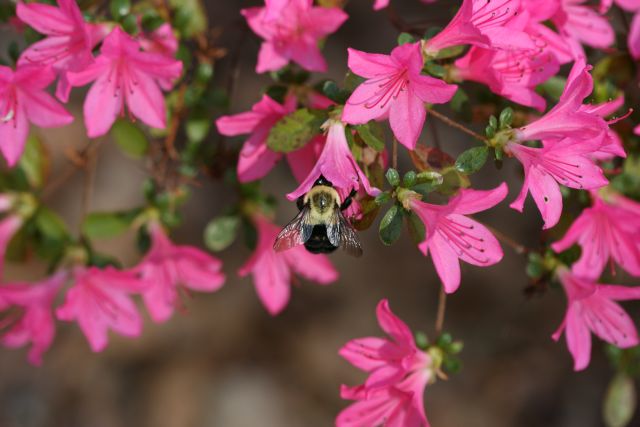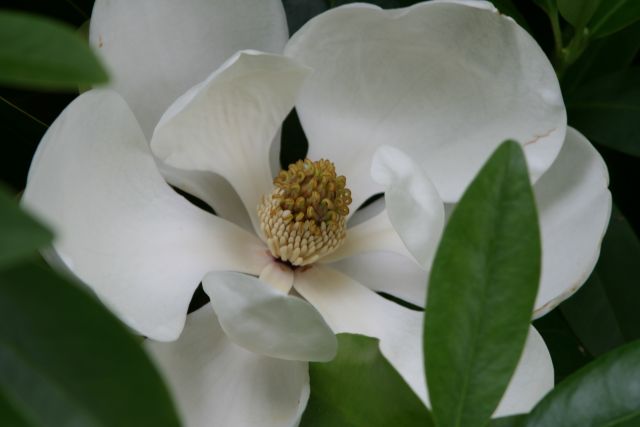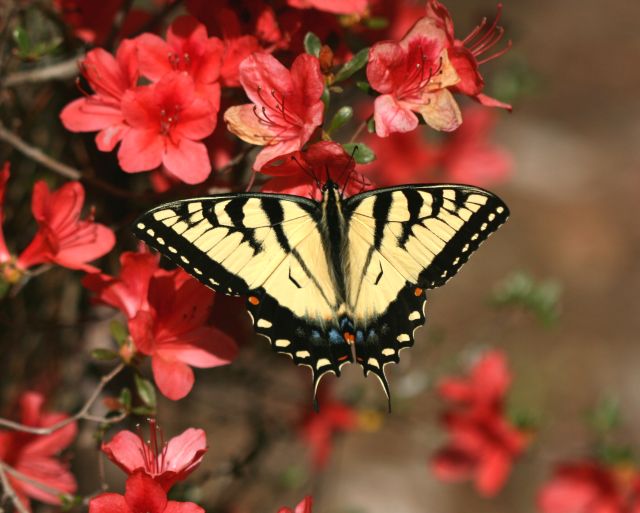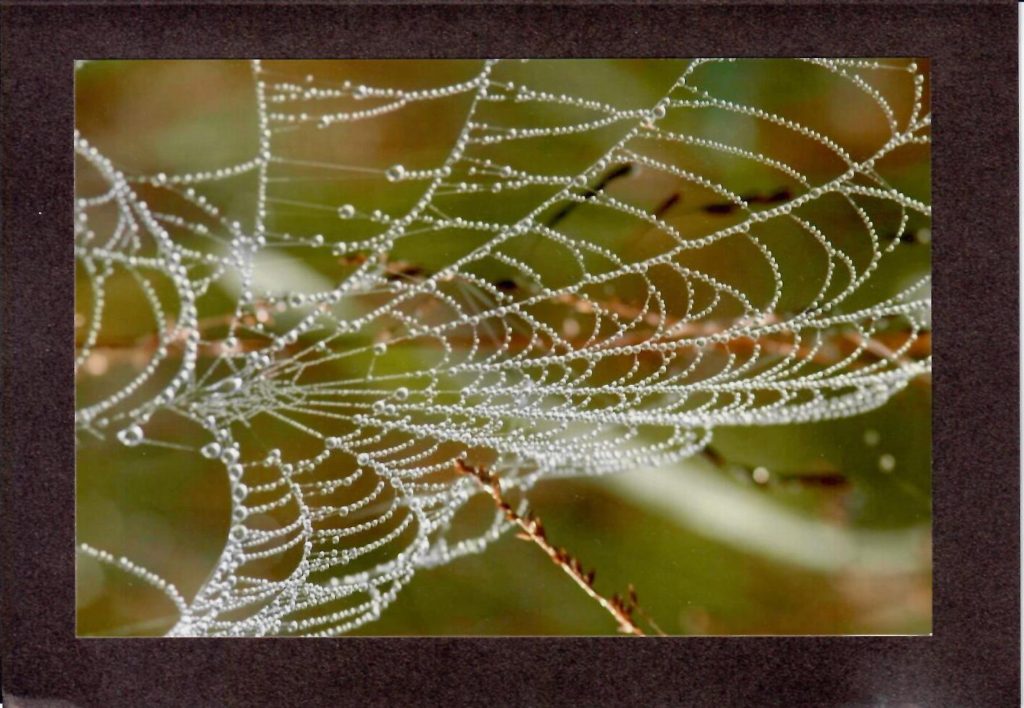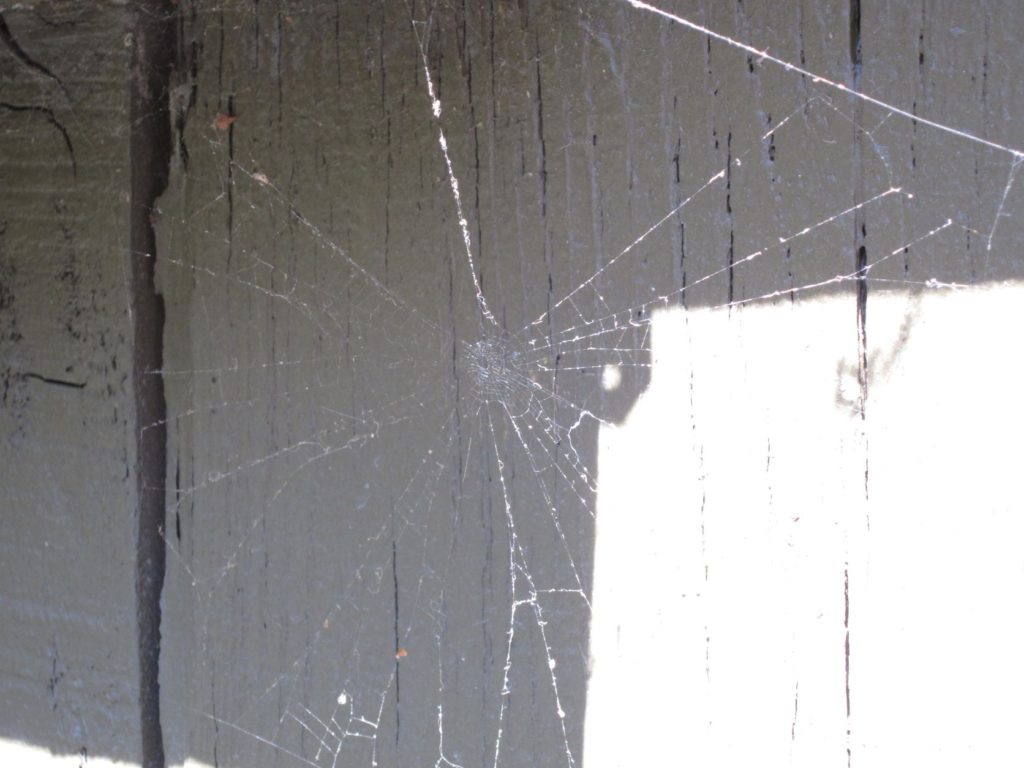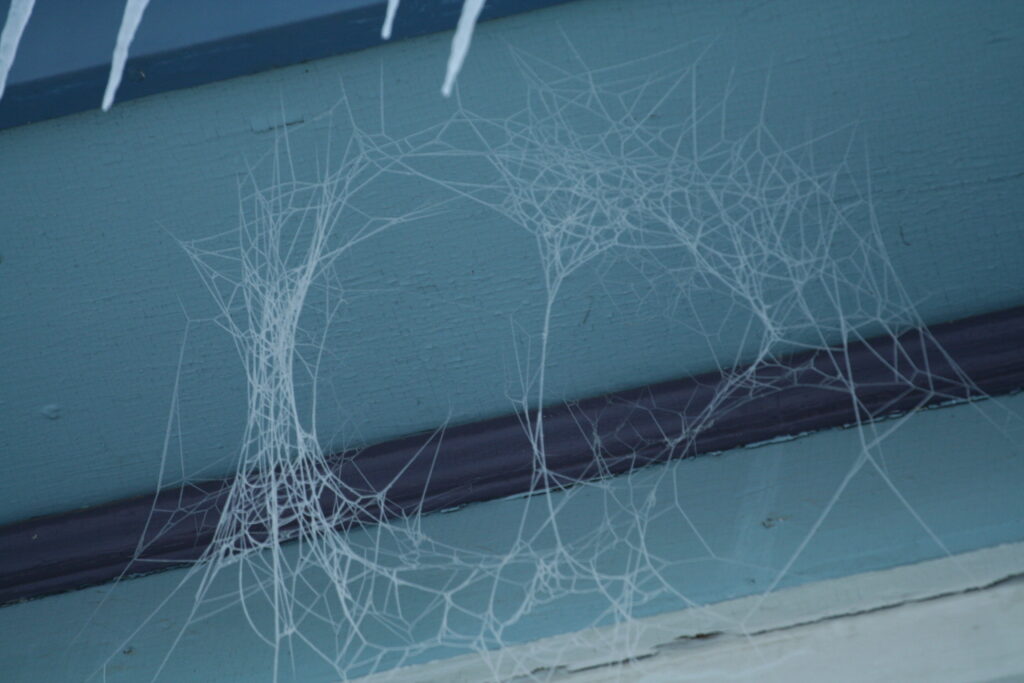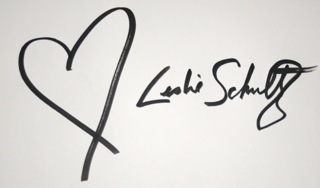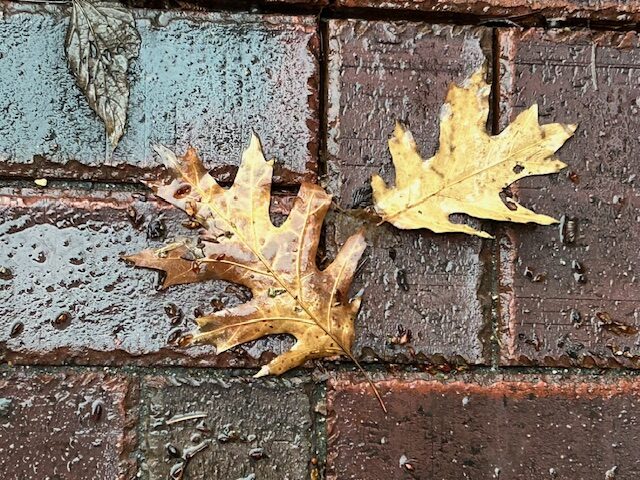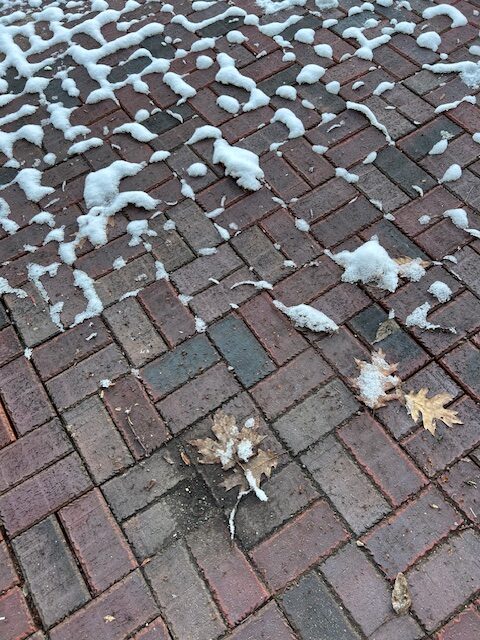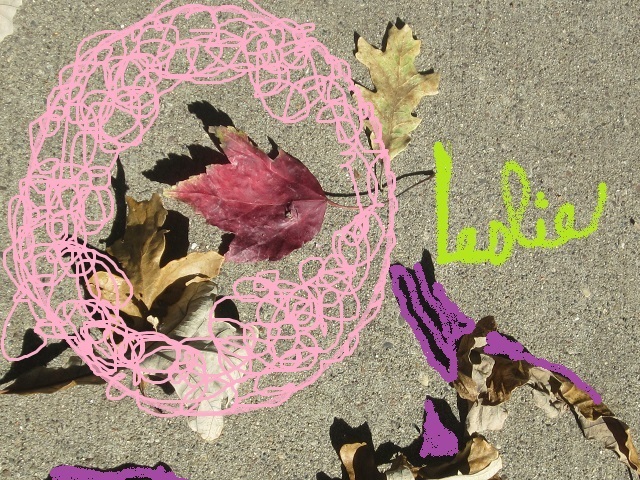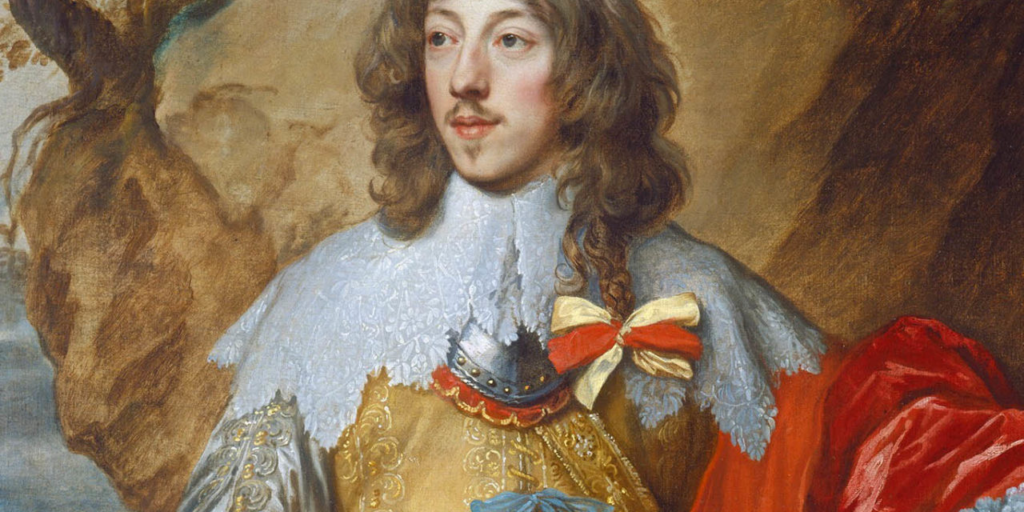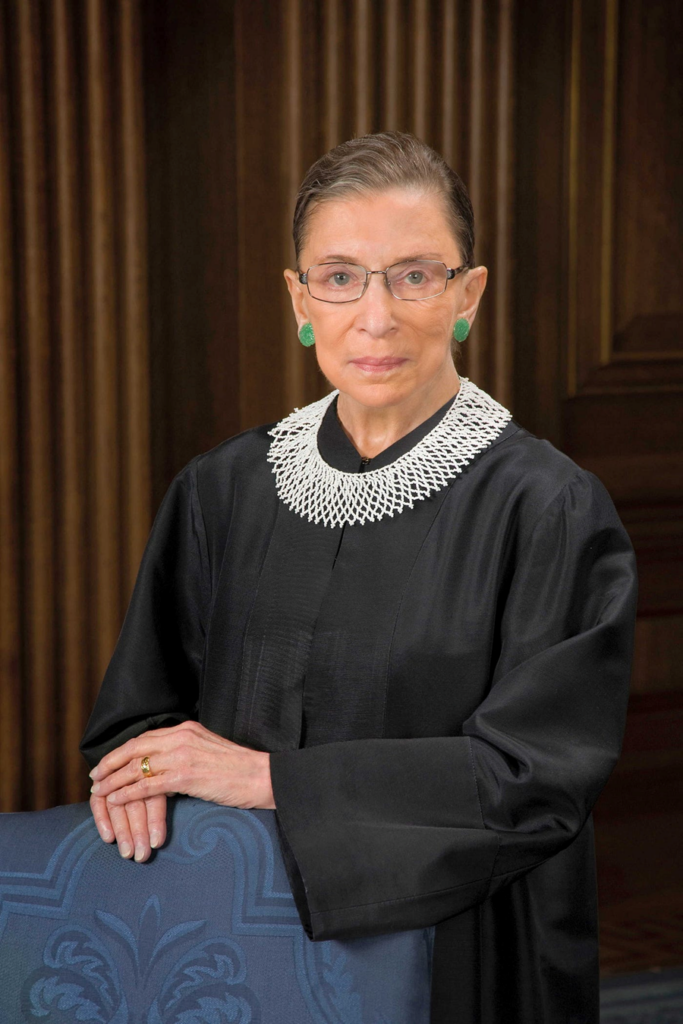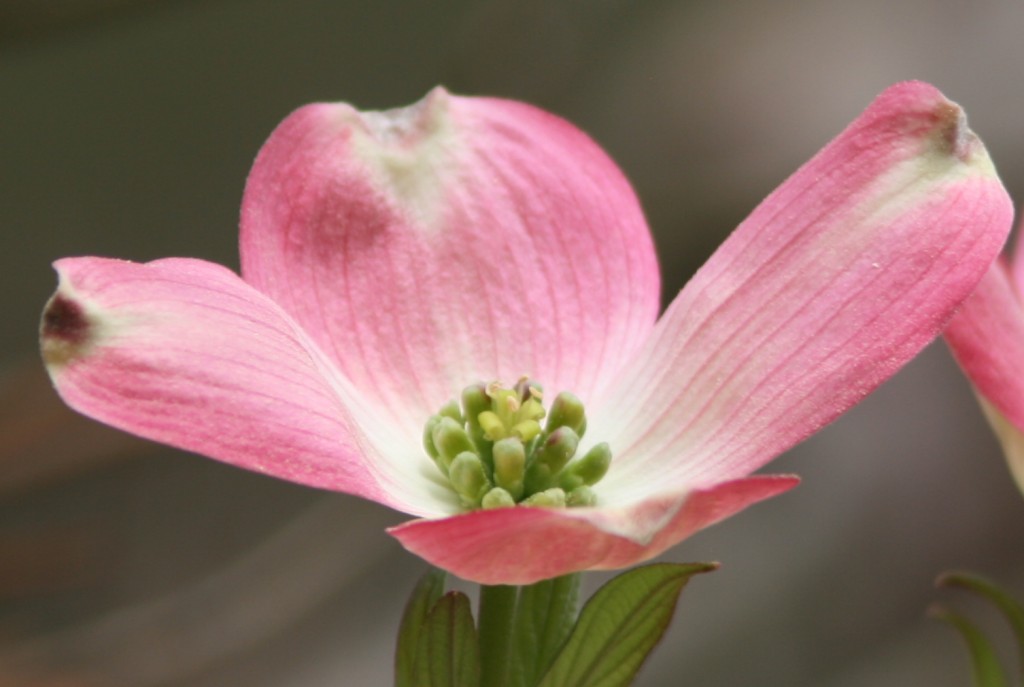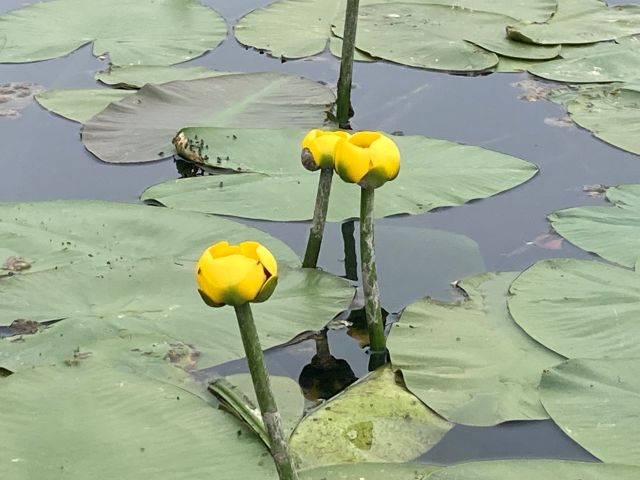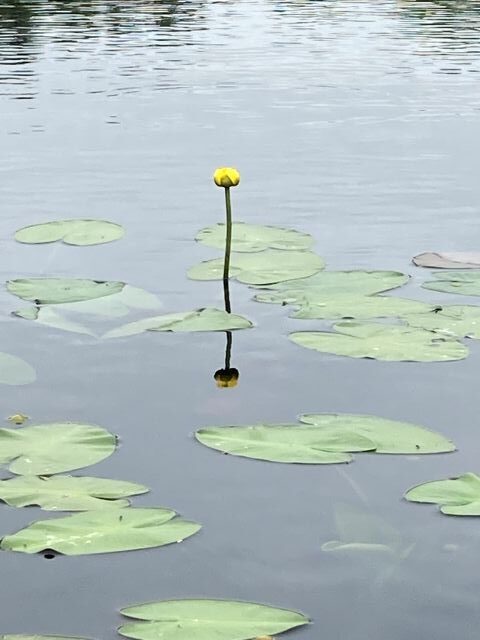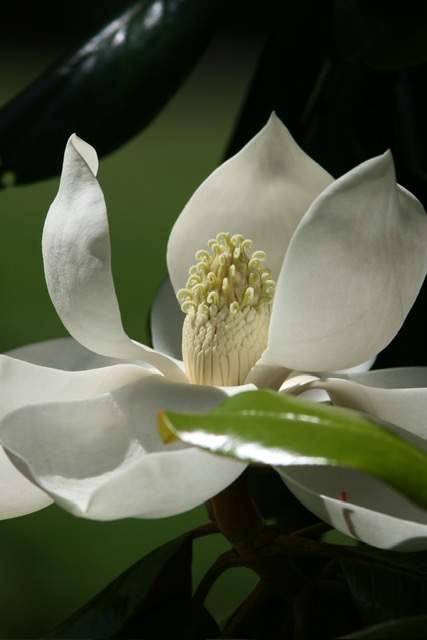
The botanical term that inspired this poem, “monotype,” does not appear in the poem. Exploring its meaning, however, made me think of how we are able to see the uniqueness of those people (and situations and locations and objects, too) that are important to us. It especially takes time and attention to perceive the deep individuality that marks each person. And then, despite a consistent core, he or she keeps growing and changing!
Today’s poem is dedicated to my sister, Karla. Today is her birthday. Her life is a gift to everyone who knows her. Among her many virtues, as some of you long-time readers know, she is an exceptional photographer of the natural world. (To see past posts that feature her photography, you can search on “Karla Schultz WinonaMedia”.) The photographs in this post are all from her. I want to thank her for allowing me to share her artistic gifts with you.
LESLIE
